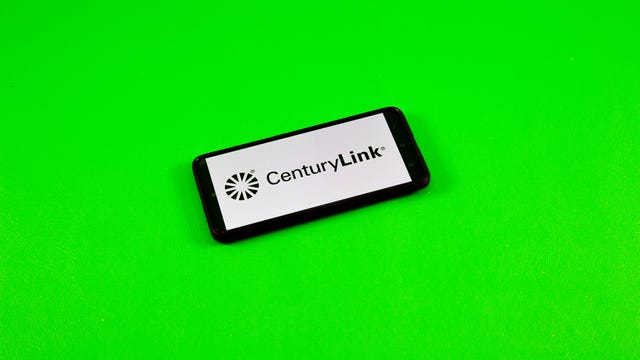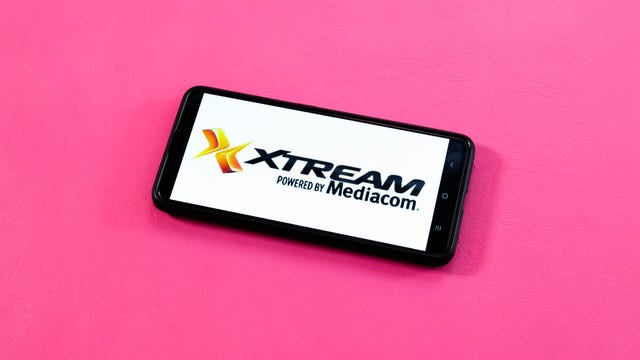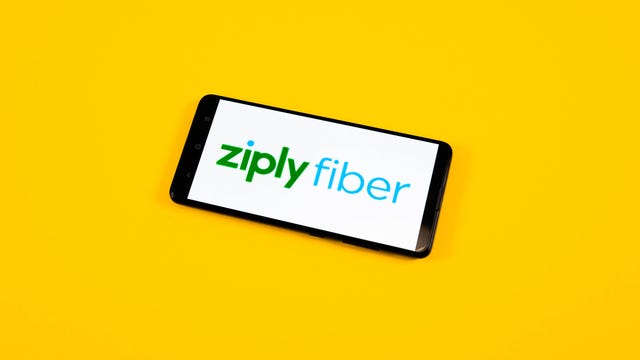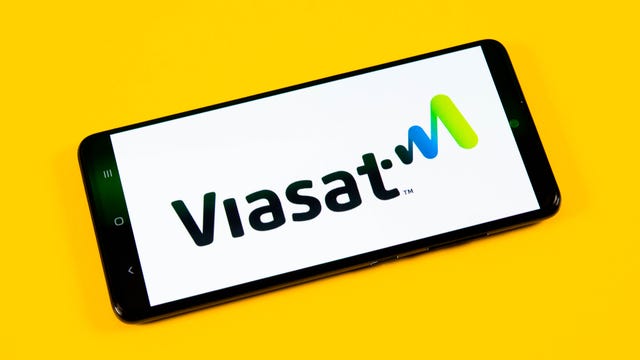CenturyLink – Best rural internet provider overall
- Prices from $30 – $70 per month
- Speeds from 200 – 940Mbps
- Unlimited data
Kinetic by Windstream – Another solid choice for rural internet
- Prices from $40 – $70 per month
- Speeds from 100 – 1,000Mbps
- Unlimited data
Mediacom – Best for cable internet in rural areas
- Prices from $20 – $60 per month
- Speeds from 100 – 1,000Mbps
- Low introductory rates

Rise Broadband – Best rural fixed wireless ISP
- Prices from $25 – $65 per month
- Speeds from 25 – 50Mbps
- Unlimited data on some plans
Ziply Fiber – Fastest rural internet provider
- Prices from $20 – $300 per month
- Speeds from 50 – 10,000Mbps
- Unlimited data
T-Mobile – Best rural 5G home internet provider
- Prices from $50 per month
- Speeds from 33 – 182Mbps
- Unlimited data
Viasat – Fastest satellite internet provider
- Prices from $70 – $300 per month
- Speeds from 12 – 150Mbps
- Nationwide availability
HughesNet – Best satellite internet value
- Prices from $50 – $150 per month
- Speeds from 25Mbps
- Nationwide availability
In this article:
Living in a rural area has its advantages, but it may also come with a lack of quality broadband options. A wired connection, like the one you get with CenturyLink, our pick for best rural internet provider overall, will often be your best option, if available. Other wired rural ISPs such as Kinetic by Windstream, Mediacom and Ziply Fiber are great choices for a high-speed, low-cost broadband connection as well.
In areas without access to fiber, cable or phone lines, a wireless internet service, such as fixed wireless internet from Rise Broadband or 5G home internet from T-Mobile may be your best options. Then, of course, there’s always satellite internet from HughesNet or Viasat if no other more practical broadband services are available in your area.
[embedded content]
So which rural internet provider is best for your home? Here are my picks for the best providers that are most likely to be available in rural areas, all of which were chosen based on factors including coverage, speeds, pricing, data caps and customer satisfaction. Other than listing my top two picks for rural internet service providers first, providers are listed in no particular order.
Best rural internet providers

CenturyLink
Best rural internet provider overall
Product details
Price range $40 – $70 per month Speed range 100 – 1,000Mbps Connection Fiber Highlights Unlimited data, no contracts
Kinetic by Windstream also received a 6.7/10 in our review, but falls short of CenturyLink in total coverage area. That said, it’s an excellent choice for rural internet as the provider has some of the fastest DSL speeds and one of the greatest fiber network percentages of any rural ISP.
Kinetic offers internet service in 18 states total across the Midwest, South and Eastern US. Though available primarily in rural and suburban areas, nearly a third of Windstream’s network uses fiber technology. Where fiber service is available, Kinetic customers can get download and upload speeds ranging from 25 up to 1,000Mbps. These speeds make Kinetic ideal for streaming over wireless connections and online gaming, activities that are often a challenge with rural internet service.
Service areas not eligible for fiber will have to settle for DSL, but Kinetic’s DSL network is better than most. The majority of serviceable households will have access to broadband speeds or higher, while roughly two-thirds can get download speeds up to or higher than 100Mbps.
Regardless of the available network, Kinetic is a great choice for unlimited rural internet service, as all plans come with no data caps or contracts.

Mediacom
Best for cable internet in rural areas
Product details
Price range $25 – $65 per month Speed range 25 – 50Mbps Connection Fixed wireless Highlights Unlimited data on some plans, low price increase
Rise Broadband is a leading fixed wireless internet provider with service available to around 6% of US households, many of which are in rural areas. Coverage spans 16 states with Colorado, Idaho, Iowa, Illinois, Nebraska, Texas and Utah having the greatest serviceability.
Similar to satellite internet, fixed wireless service from Rise Broadband requires no direct wires to the home, making it accessible to those in rural areas where cable, fiber-optic and even telephone lines do not reach. Where available, Rise Broadband would be my choice over satellite internet, as the provider offers speeds up to 50Mbps, latency low enough to support online gaming, and truly unlimited data options, all for a relatively low price compared to satellite.
Rise Broadband is also a great choice for Wi-Fi in rural areas with Premium Wi-Fi and Premium Mesh Wi-Fi service available as add-ons to all internet plans.

Ziply Fiber
Fastest rural internet provider
Product details
Price range $50 per month ($30 for eligible T-Mobile Magenta Max customers) Speed range 33 – 182Mbps Connection Fixed wireless Highlights Unlimited data, equipment included, no contracts, no additional fees
The arrival of 5G is exciting news for your phone, but the technology could also improve home internet connectivity, especially if you’re in a rural area. So far, T-Mobile has the greatest 5G availability with coverage reaching 30 million homes across 40 states. Around a third of those homes are in rural areas, according to T-Mobile.
If your address is eligible for T-Mobile 5G home internet, you’ll have one plan option: $50 a month for the fastest speeds available. The plan also comes with no data caps or contracts, and equipment is included at no additional cost
Actual speeds will vary by address, but will probably fall between 33-182Mbps. I can’t say those speeds are particularly impressive, but they are faster than you can expect from satellite service, without the hassle of data caps and contracts. Another thing of note on speeds, T-Mobile home internet service may occasionally fall back to 4G LTE service, which means speeds can further dip and vary.

Viasat
Fastest satellite internet provider
Product details
Price range $50 – $150 per month Speed range 25Mbps Connection Satellite Highlights Nationwide availability, no hard data cap
HughesNet offers some relief to the high cost of satellite internet with lower starting prices than Viasat, albeit not by much. There is more value to HughesNet’s entry level plan versus Viasat, however, with HughesNet delivering speeds up to 25Mbps and 15GB of data starting at $50 per month compared to Viasat’s 12Mbps with 40GB of data starting at $70 per month — with a $30 price increase right around the corner.
At the surface level, Viasat plans appear to come with significantly more data, but HughesNet throws in an additional 50GB per month for all customers regardless of the plan they choose. Known as the “Bonus Zone,” the extra 50GB is available between the hours of 2 a.m. and 8 a.m., when network congestion is presumably at its lowest. Granted, the timing’s not ideal if you’re not a night owl, but if you can strategically schedule your downloads to occur between these hours, it could add a considerable chunk to your monthly data allowance.
Speed reliability is another advantage to HughesNet service. According to the FCC’s Eighth Measuring Broadband in America Report, HughesNet outperformed all other participating ISPs in terms of actual versus advertised speeds over a wired connection, with actual median speeds coming in at 150% or higher of the advertised speed.
HughesNet customers are likely to run into speed issues if they exceed the monthly data cap, however. HughesNet does not charge overage fees, meaning the service is technically “unlimited,” but customers who go over their monthly data allowance will have to purchase more data or endure drastically reduced speeds for the remainder of their billing cycle.
Best rural internet providers overview
There’s a lot to consider when evaluating rural internet options. To help you sort it all, here’s a rural internet comparison chart with significant plan and pricing details, including speeds, data caps and contract requirements.
Rural internet provider details




